Late November 2019, science and finance ministers from all over Europe converged on Seville, Spain with one topic in mind – the European Space Agency (ESA). Every three years, ESA hosts a ministerial level meeting where government officials from all 22 member nations discuss what direction they believe the agency should be taking and, most importantly, hand over their money.
For Space19+, ESA had some ambitious plans to lay before its member states, and an equally ambitious funding request to make them happen.
ESA wanted around €14.5bn over the next three years, its largest increase in 25 years. With several nations exceeding this request – including the UK, which increased its contribution by 15%, bringing its pledge to £374m per year – the agency easily met its target, meaning all its missions were funded.
These meetings are vital as they give ESA the assurance it needs to make long-term plans, knowing that it will be able to afford missions not just now but in the years and decades it takes to achieve them.
One of the biggest is Copernicus, an Earth observation campaign ESA runs alongside the European Union, which took up almost a third of the funding and actually received €400m more than requested.
“Europe, in a combination of Copernicus and other satellites, has a world leadership in Earth observation. The objective is to monitor the Earth system as a whole so that we can contribute information on how to preserve our planet and keep the damage we do to a minimum,” says Josef Aschbacher, director of ESA’s Earth observation programmes.
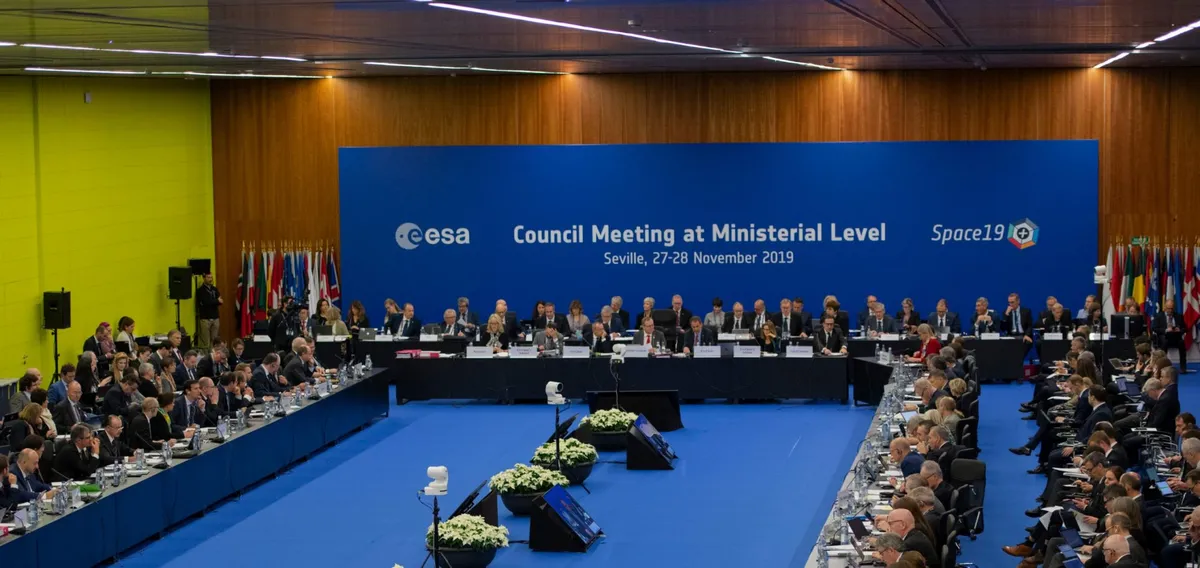
The project already has several satellites monitoring our planet but ESA wants to launch 6 more over the coming decade.
These will measure carbon dioxide levels, heat distribution, vegetation coverage, Arctic ice levels and humidity across the globe.
“Europe has a strong climate and green agenda,” says Aschbacher. “We’re helping politicians to make the best policy decisions to minimise our impact on the planet.”
While Europe leads in tackling the climate crisis, there are other areas where it takes a supporting role.
When it comes to human spaceflight, ESA cannot compete with the likes of NASA, which spends more on the endeavour in one month than ESA does in a whole year.
Instead, ESA works with other nations to get European astronauts into space and the agency is keen to expand this role.
The Moon
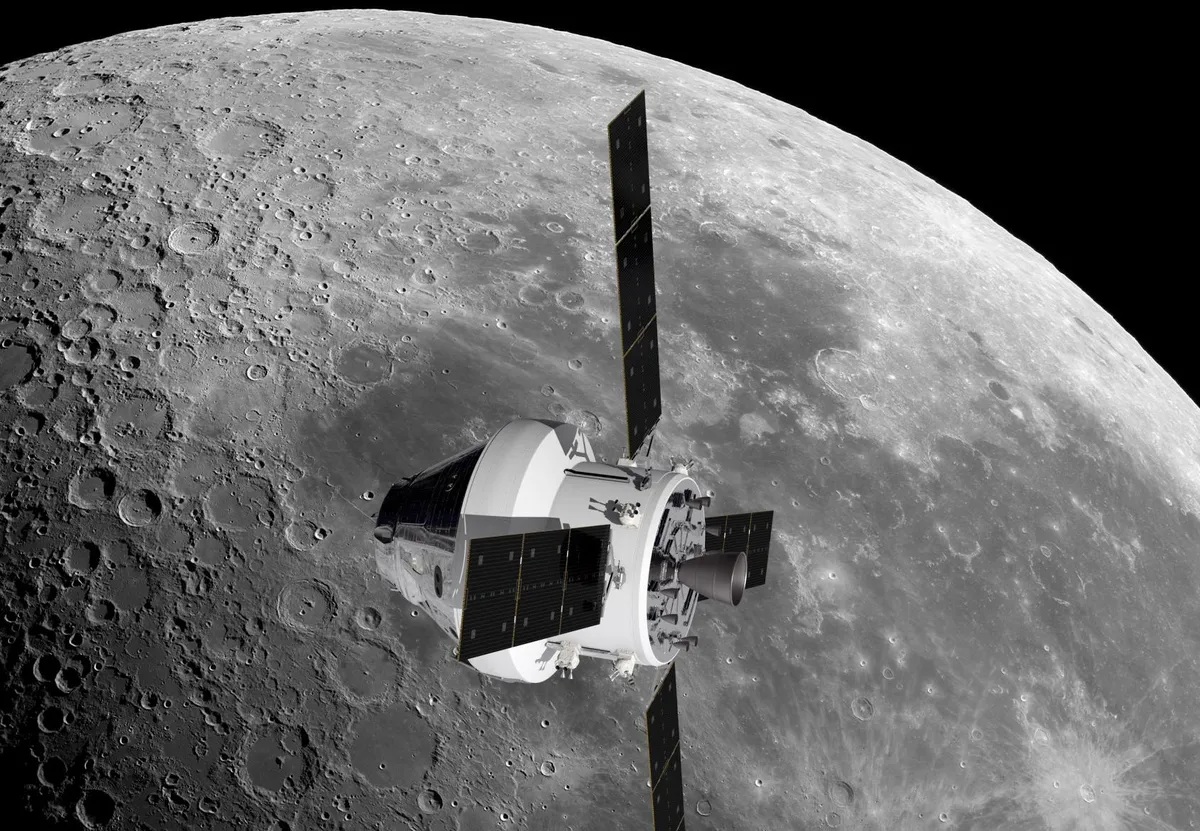
One key area ESA wants to get involved in is NASA’s plan to build the Lunar Gateway, a permanent station in orbit around the Moon.
ESA already plays a part in the project by building the service modules for the Orion spacecraft that will take astronauts to the Gateway.
However, the agency has a barter agreement with NASA and gives these in exchange for carrying European astronauts to the International Space Station (ISS).
“Up until this ministerial we were just building the hardware and giving it to NASA,” says David Parker, director of human and robotic exploration at ESA.
“We had no rights to use it. Now we have a plan to build elements of the Lunar Gateway and in exchange we will have the chance to fly ESA astronauts to the Gateway. It’s our first step towards deep space exploration.”
Europe will create a refuelling hub for the Gateway, where spacecraft bound for either the lunar surface or the return to Earth will be able to replenish their power and propulsion systems. That’s due by 2027.
ESA will also work with JAXA, the Japanese space agency, to build a module where the astronauts will live, sending it to the Gateway in 2025.
In the meantime, ESA will continue sending astronauts to the ISS, learning how to live and work in space.
"Our plan is to make missions to the ISS with all our astronaut corps, including UK astronaut Tim Peake, by 2024, which is the current nominal end of the station," says Parker.
"We fully expect it to continue beyond that date though, so we’re investing in modernising the European-built Columbus laboratory."
Mars
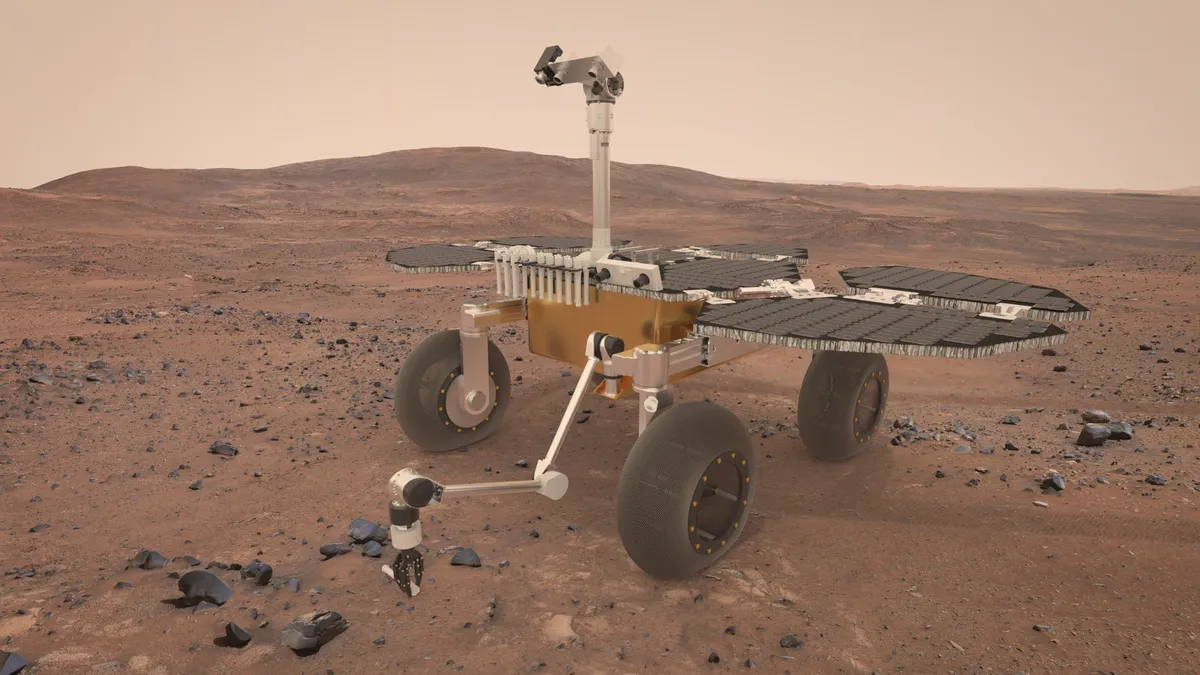
ESA will also be working with NASA on another long-term project: returning samples from the surface of Mars.
In July 2020, NASA plans on sending the Mars 2020 rover to the Red Planet to collect rock samples.
It will seal these up in tubes that will be left on the surface for a future mission to pick up, which ESA will be a part of.
“We will build a Fetch Rover. This won’t have any scientific instruments itself but will have a very sophisticated autonomous navigation and driving facility,” says Parker.
The rover will run around the Martian surface collecting the tubes before returning to its base station, where a European-built robot arm will load them into a small rocket. This will then launch its Martian cargo into orbit.
“Having done all that there’s an interplanetary pass-the-parcel. The sample container ejects into orbit around Mars, breaking the chain of contamination between the outside of the lander, the rovers and the Mars ascent vehicle. Then we can collect that with a return orbiter which captures the container,” says Parker.
This return orbiter will again be built by ESA. Sample collected, it will return to Earth. Once safely on the ground, these rocks will be sent to the world’s premier laboratories for study.
“This represents a commitment of about €1.5bn from Europe, the first third has been approved at this ministerial,” says Parker.
Asteroid impact

As well as these long-term campaigns, the agency is mounting several stand-alone science missions.
One is another joint endeavour with NASA, the Hera mission, which will investigate how we might one day deflect a potentially civilisation-killing space rock.
NASA will start the project by crashing a spacecraft, known as the DART mission, into the moon of asteroid Didymos. Earth observatories will watch the pair to see how the impact affects the Moon’s orbit.
In 2024, ESA will send the Hera spacecraft to get a closer look. The initial plan was for the ESA mission to arrive before DART, but the project had to be scaled back after it failed to reach its funding targets at the last ministerial meeting in 2016.
The Universe
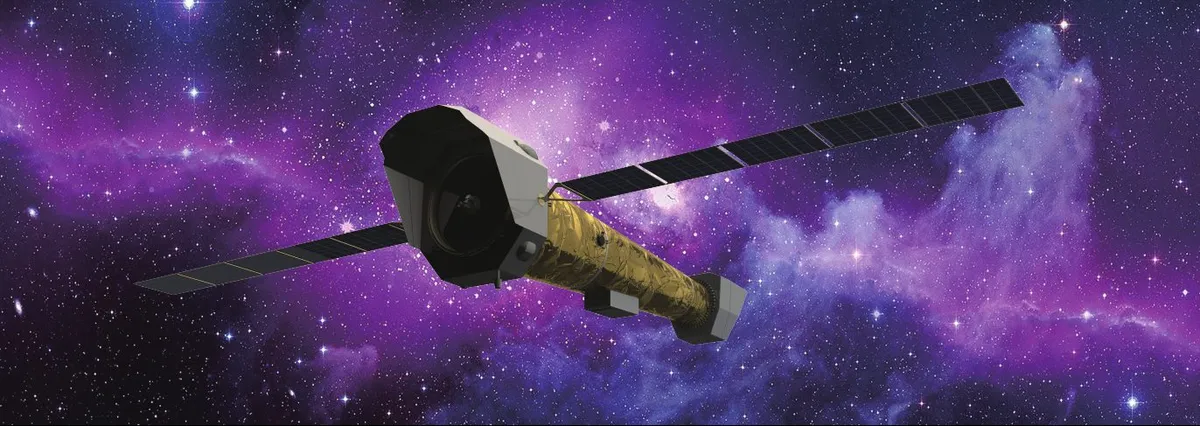
ESA is also mounting two missions that will take a look beyond the Solar System, into the distant Universe.
They are part of the agency’s ongoing Cosmic Vision initiative, which aims to scientifically explore all aspects of the cosmos around us.
Due for launch in 2031 is the Athena X-ray telescope. As X-ray light is only produced by extremely hot objects, Athena will be able to see the hot clouds of gas which are thought to contain most of the Universe’s ordinary matter.
This gas, known as the intergalactic medium, streams between galaxies. One of Athena’s main tasks is to map this out.
The observatory will also look within galaxies, searching out the hot gas which swirls around the supermassive black holes at their heart.
In both cases, Athena will look deep into the Universe. These objects are so far away that we are only now seeing the light they emitted billions of years ago as the galaxies were forming, giving us a window into this critical time in the growth of the cosmos.
Gravitational waves
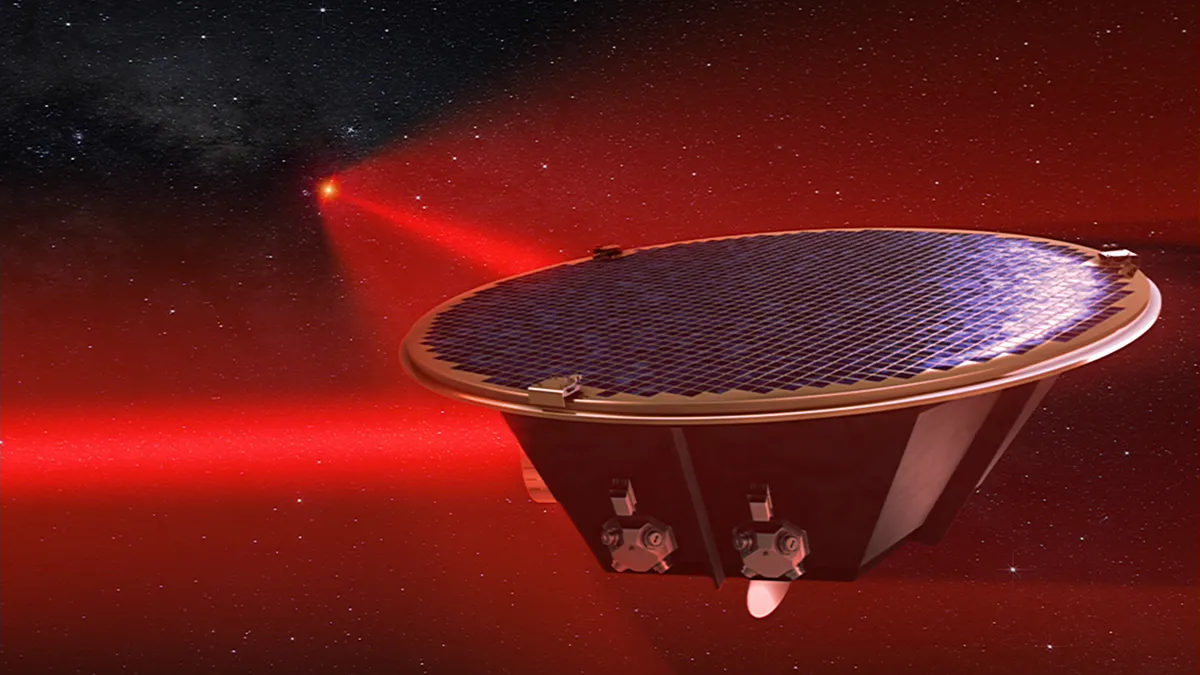
Finally, the ministerial meeting granted funds to develop the Laser Interferometer Space Antenna (LISA) for launch in 2034.
The goal of the mission is to create a gravitational wave detector made of three separate spacecraft, flying in formation 2.5 million km apart.
LISA will search for passing gravitational waves by using lasers to measure the distance between these probes with a great degree of precision.
When a wave passes through, it will change this distance by a tiny, but measurable, amount allowing astronomers to tell that a wave has passed.
This is the same principal ground observatories used to make the first gravitational wave detection in 2015, but as LISA is in space it will be free of the seismic shaking that muddies the results of Earth-based detectors.
This means LISA will be sensitive to much smaller waves, such as those created by collisions between stellar-sized black holes or those which have been travelling for billions of years.
While these missions are still years away from being realised, the ministerial meeting has shown that ESA and Europe have a firm commitment to becoming one of the major players in all areas of space exploration.

ESA: the next 15 years
2020 -Solar Orbiter a Sun orbiter, examining the inner heliosphere – the bubble created by the solar wind. It will be the first mission to explore the Sun’s poles.
2020 -Rosalind Franklin a Mars rover with a 2m-long drill to look below the planet’s surface, where biomarkers could survive the Sun’s radiation.
2022 -Euclid will study cosmic structure from the second Lagrangian point (L2), looking at galaxies and clusters to a distance of 10 billion years.
2022 -Jupiter Icy Moons Explorer (JUICE) a spacecraft that will examine the gas giant and its three largest icy moons; Ganymede, Callisto and Europa.
2023 -Solar Wind Magnetosphere Ionosphere Link Explorer (SMILE) a joint mission with China to explore the connection between Earth and the Sun.
2024 -Herabound for asteroid Didymos, the spacecraft will investigate how a future mission could one day deflect a civilisation-killing asteroid.
2026 -Planetary Transits and Oscillations of Stars (PLATO) exoplanet-hunting mission based at L2, looking for worlds in the habitable zone of Sun-like stars.
2028 -Atmospheric Remote-sensing Infrared Exoplanet Large-survey (ARIEL) will examine the atmospheres of 1,000 exoplanets from L2.
~2030 -Mars Sample Returna multi-part mission bound for the Red Planet, which will return the rock and dust samples cached by Mars 2020.
2031 -Athena X-ray telescope based at L2 that will map out hot clouds of gas throughout the Universe and around black holes.
2034 -Laser Interferometer Space Antenna (LISA) a trio of spacecraft that will trail behind Earth, detecting small and weak gravitational waves.
Elizabeth Pearson is BBC Sky at Night Magazine's News Editor. This article originally appeared in the March 2020 issue of BBC Sky at Night Magazine.
